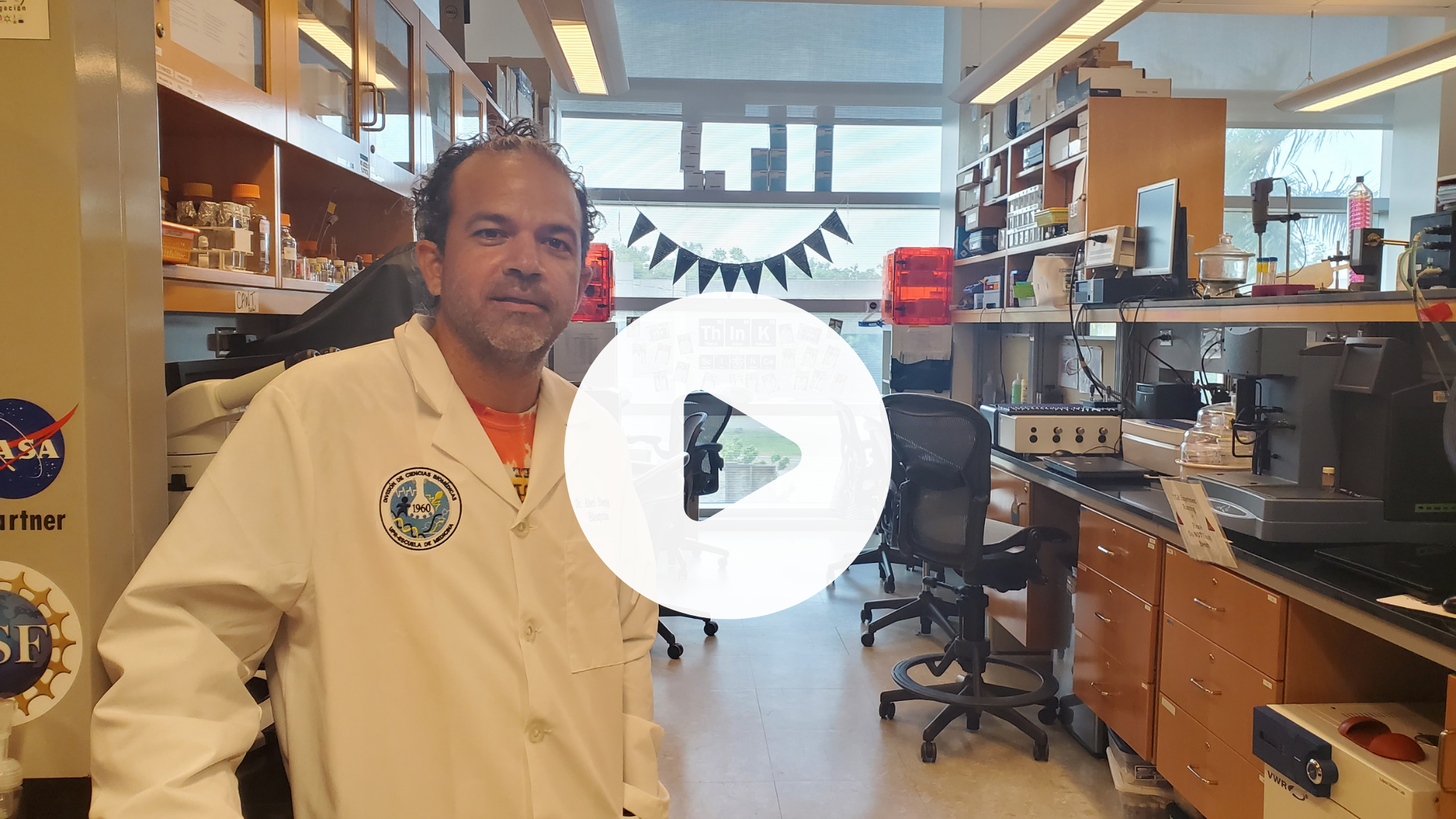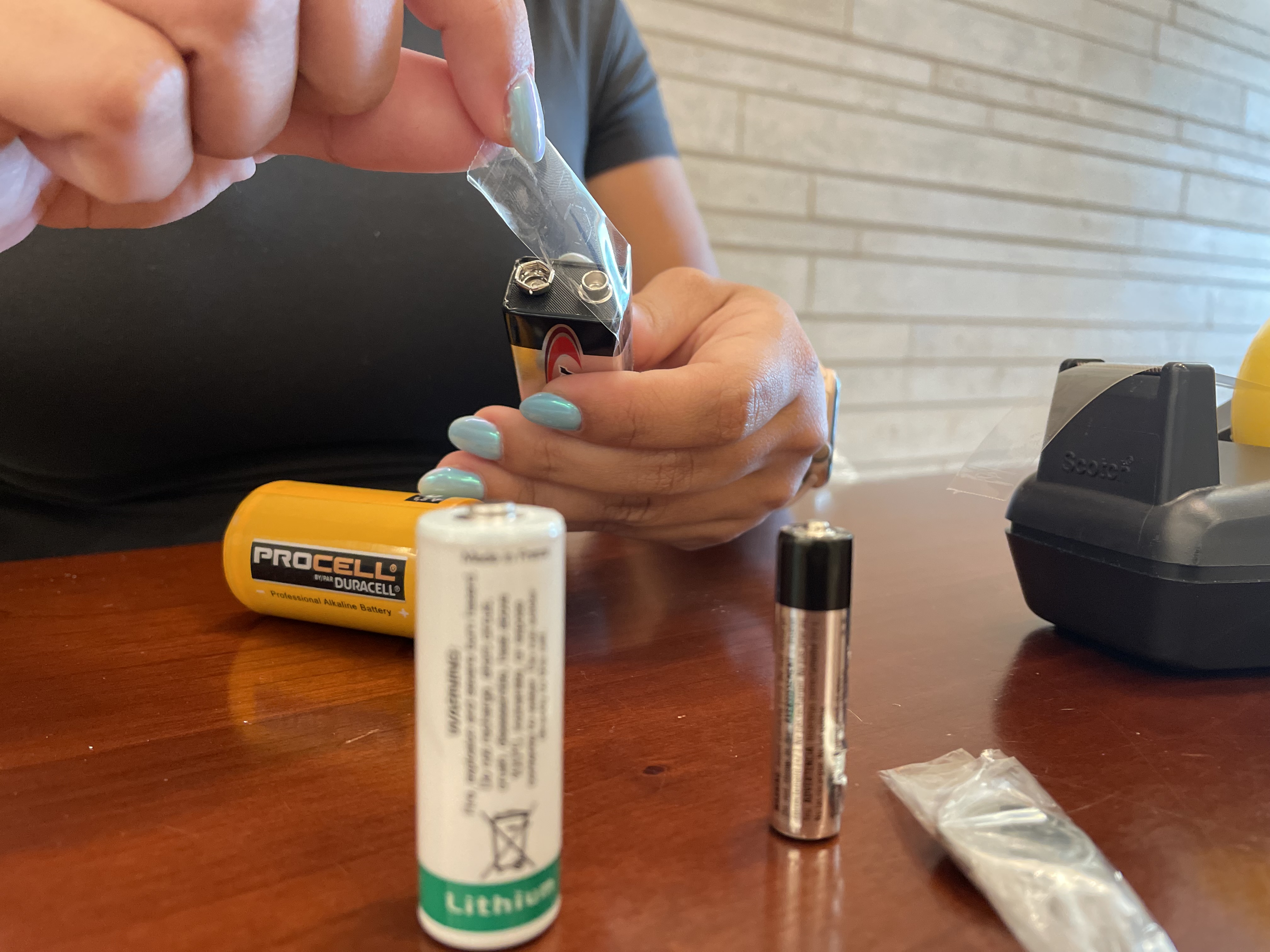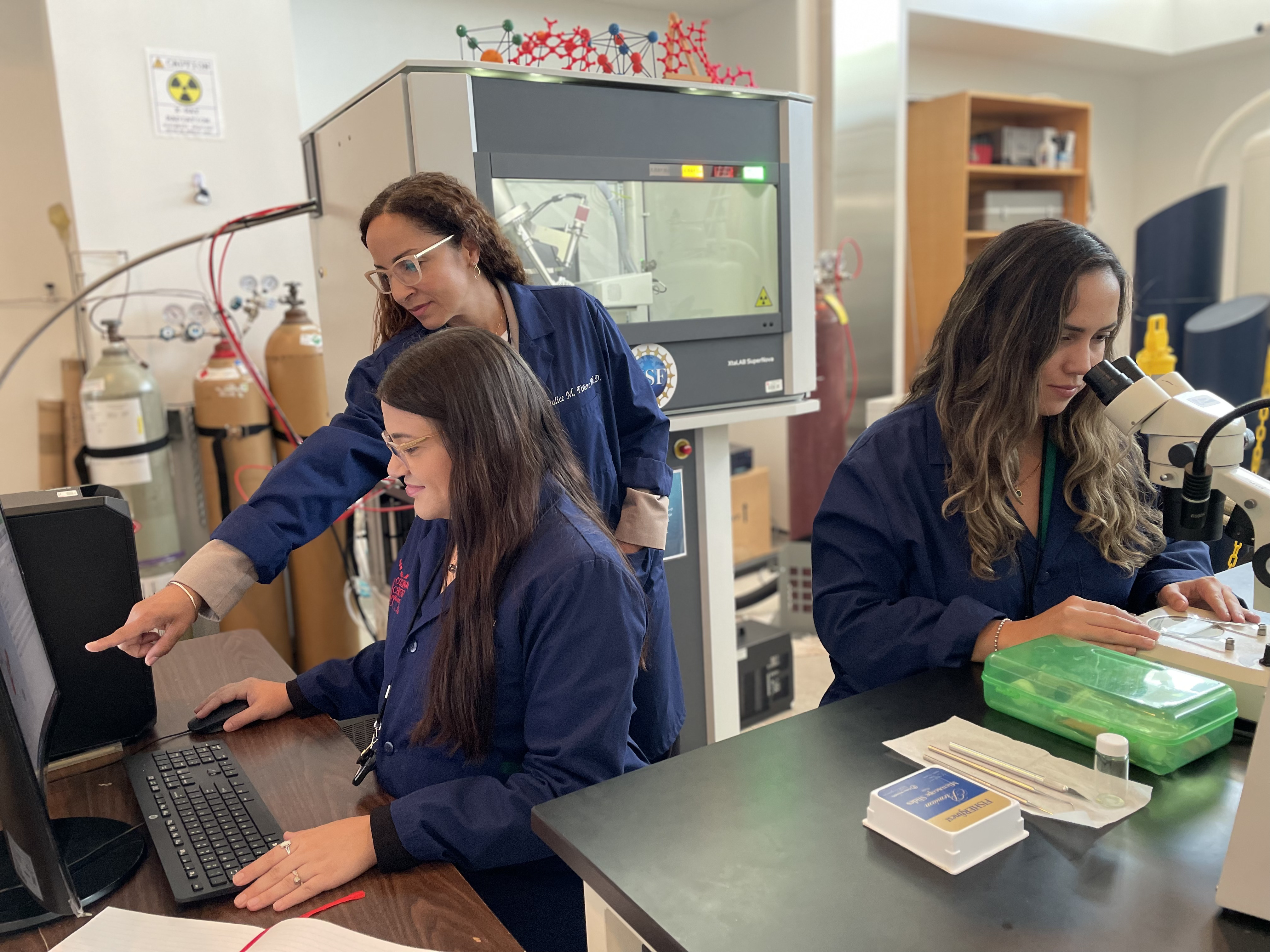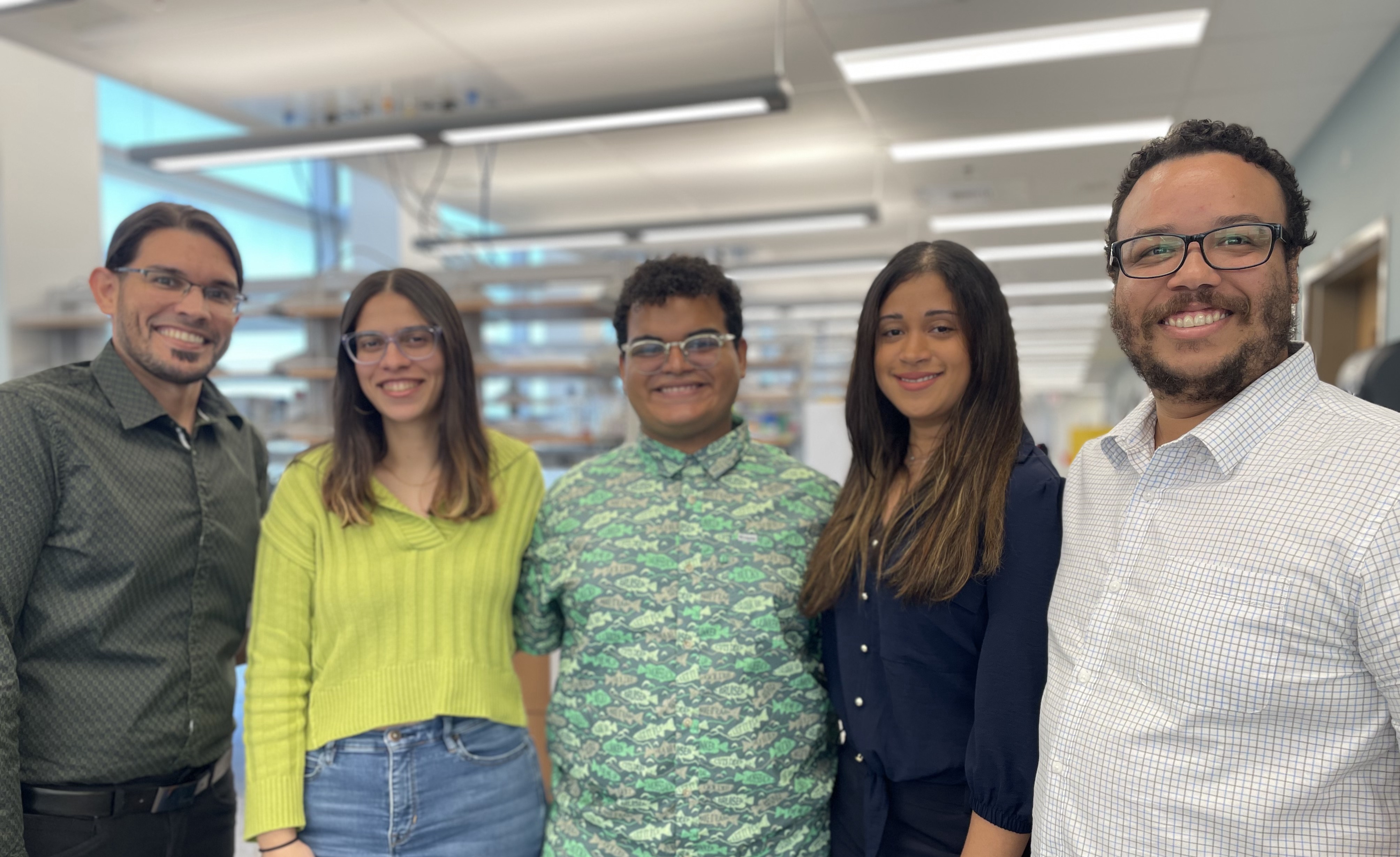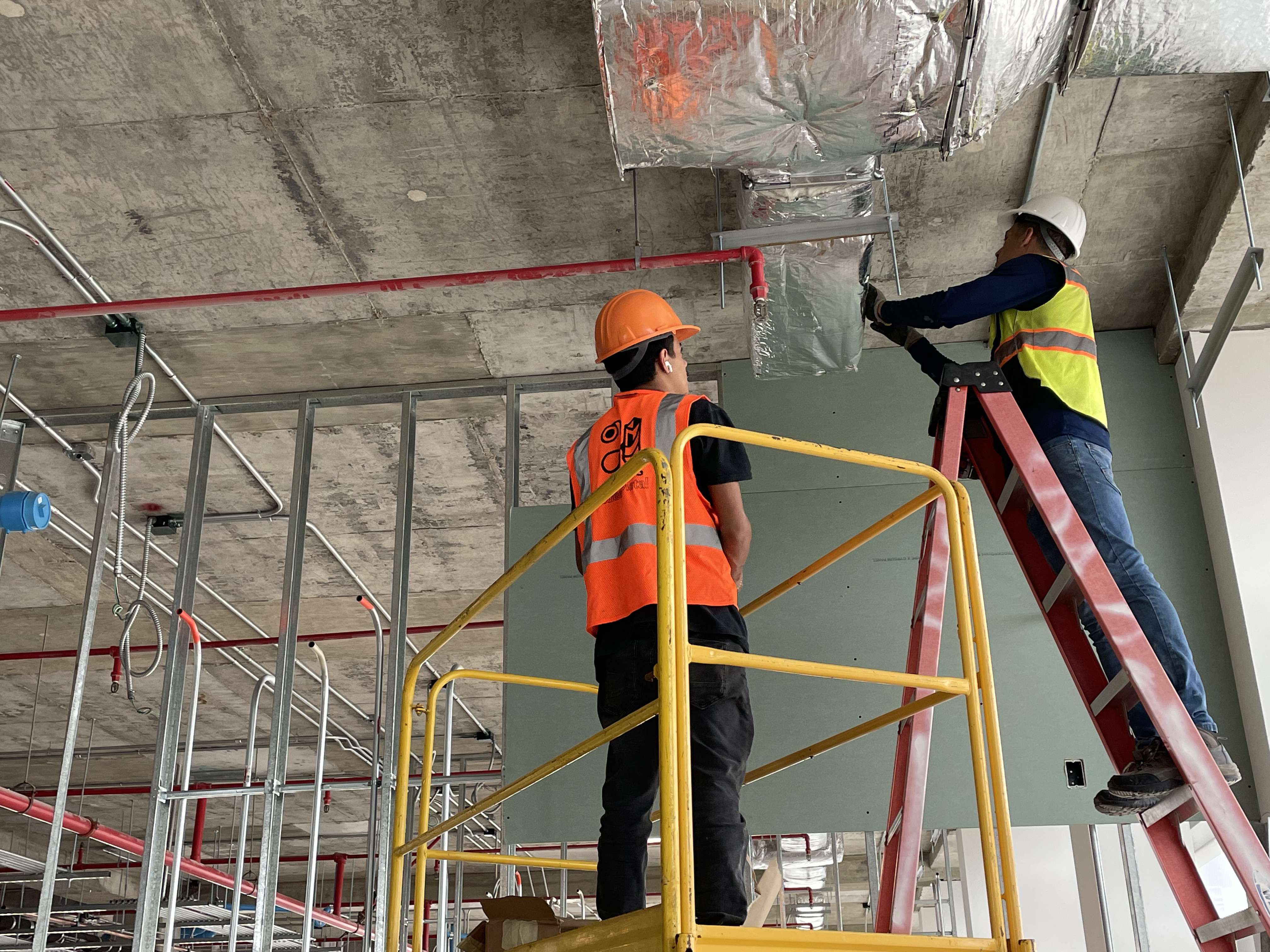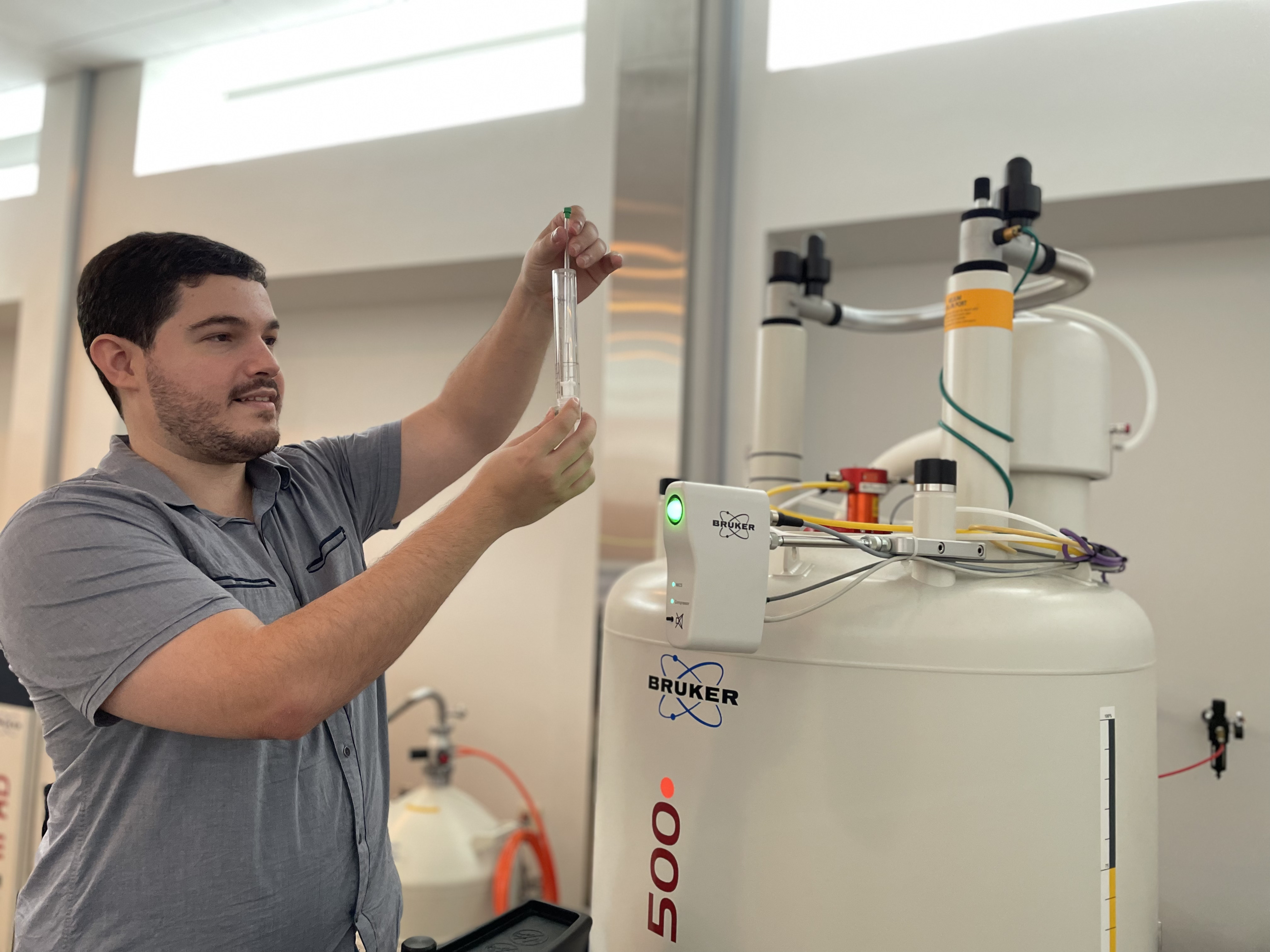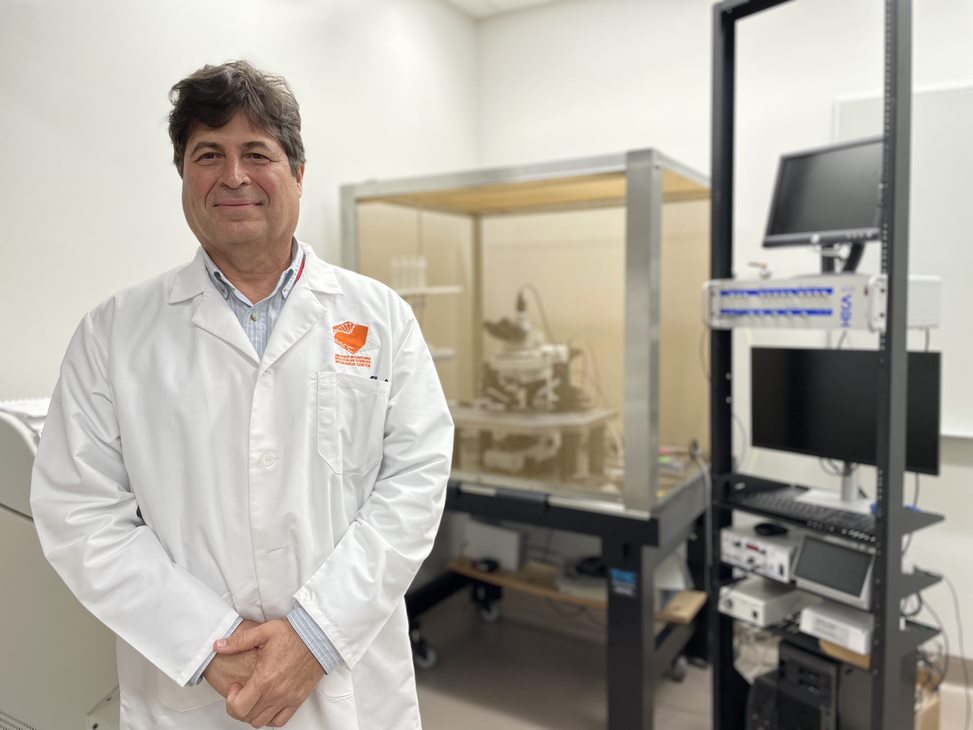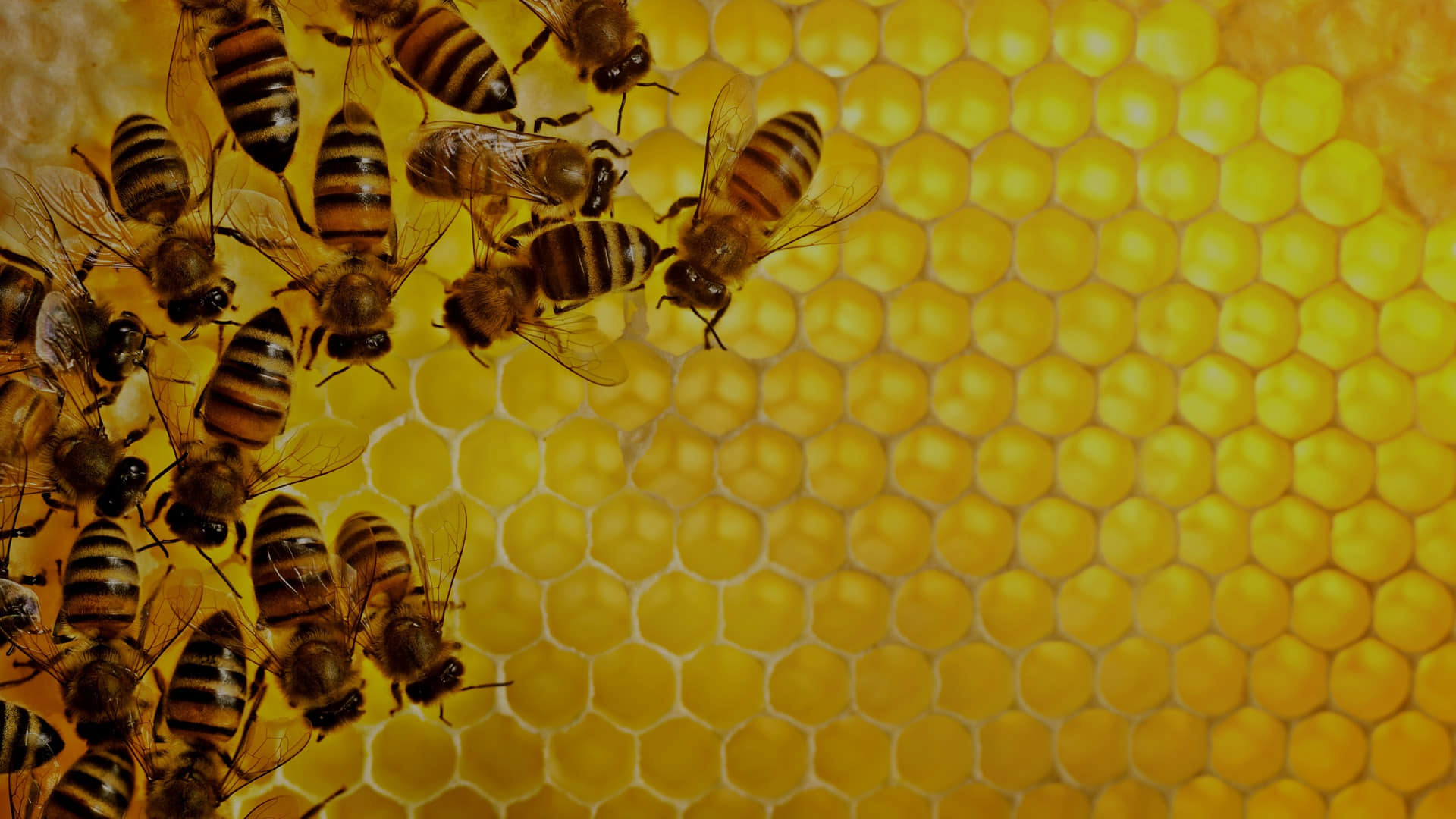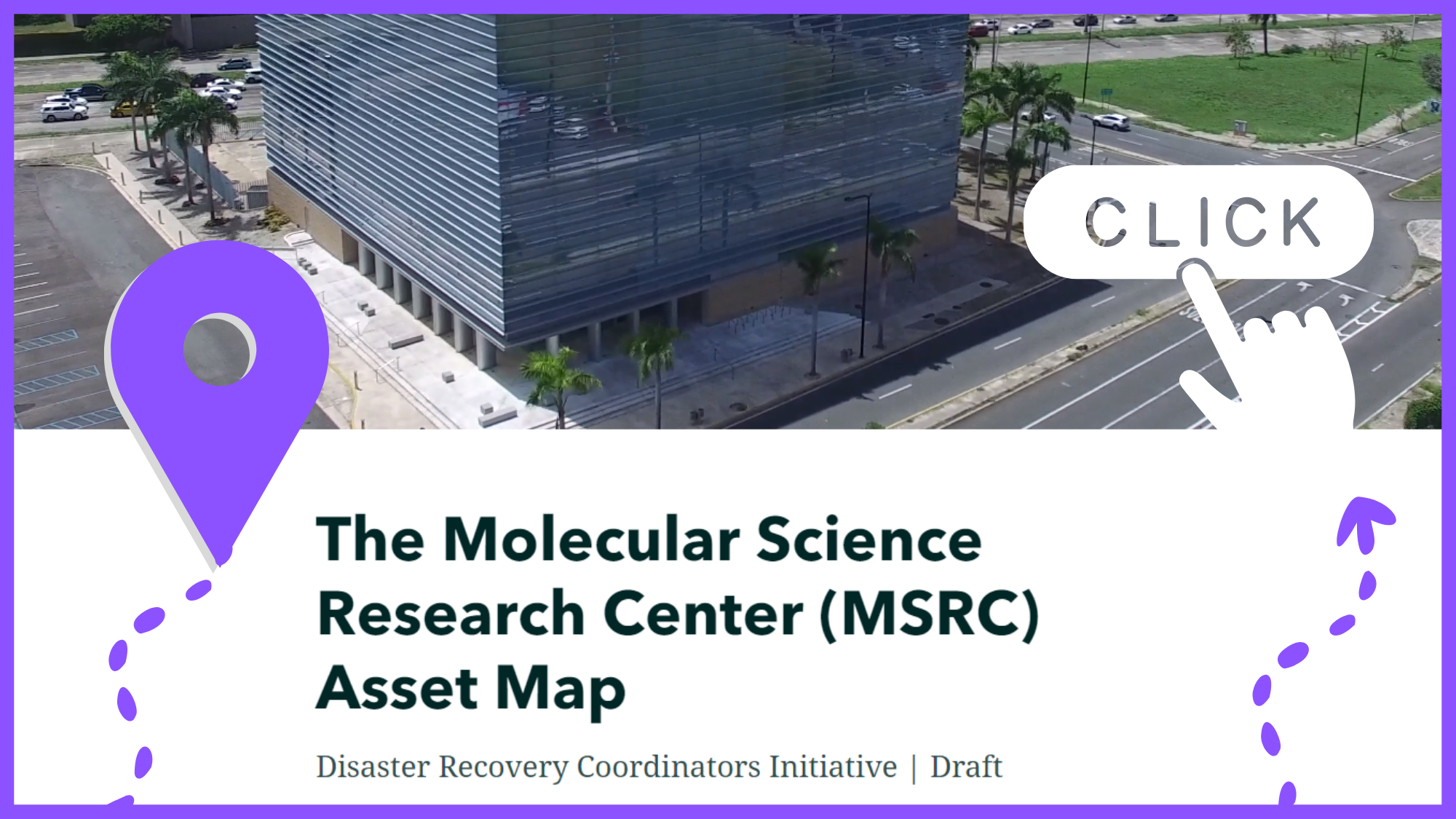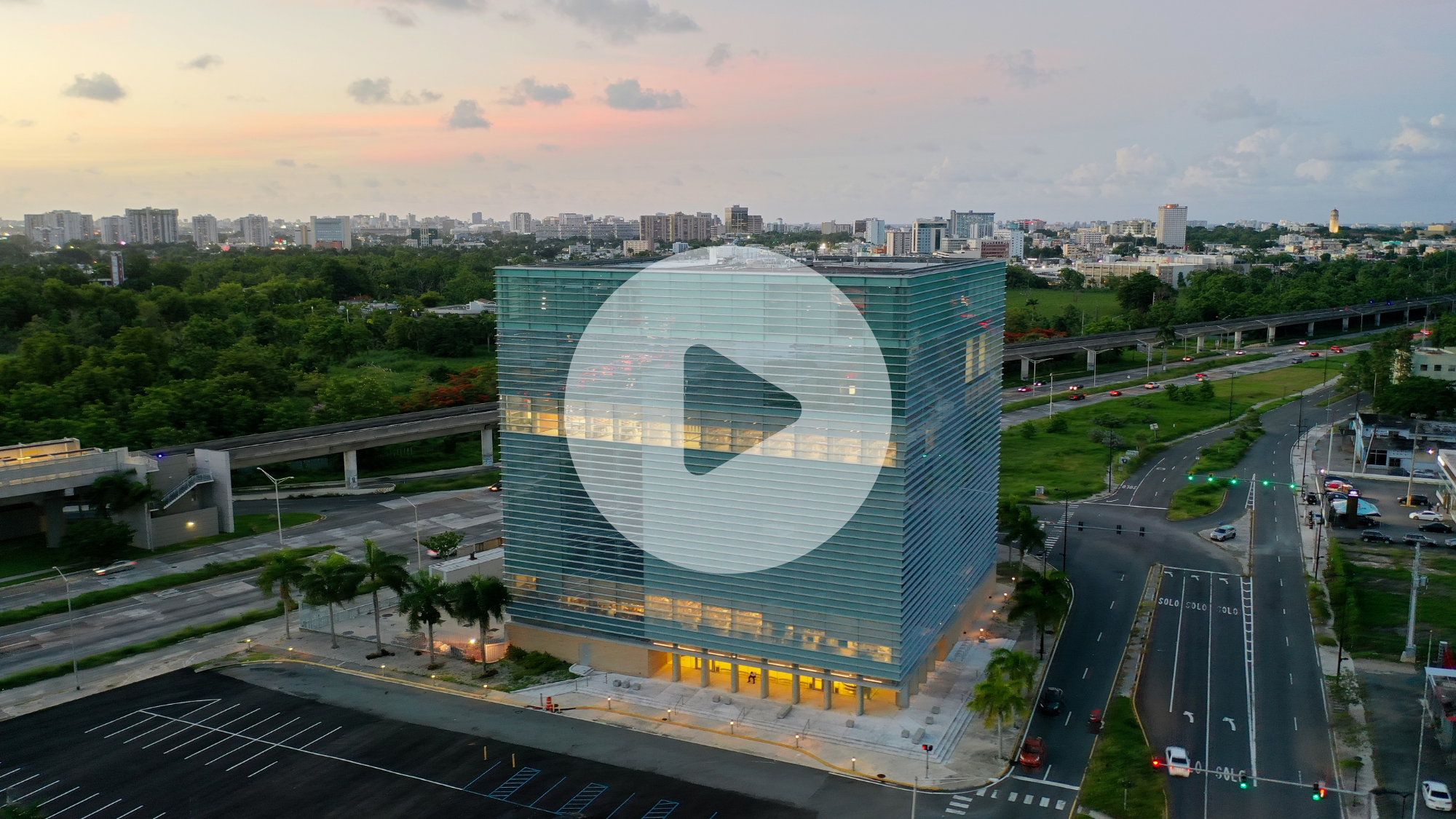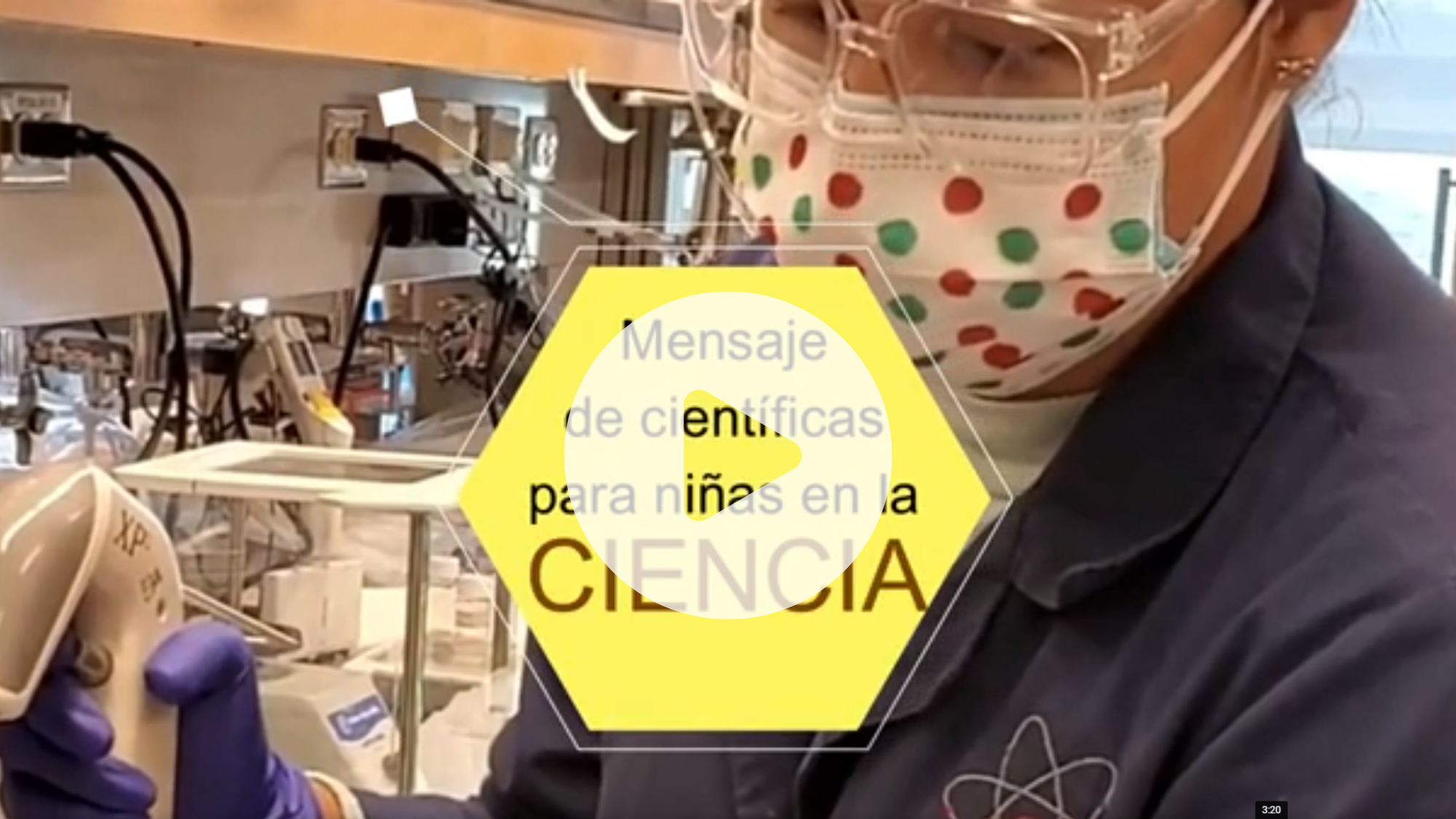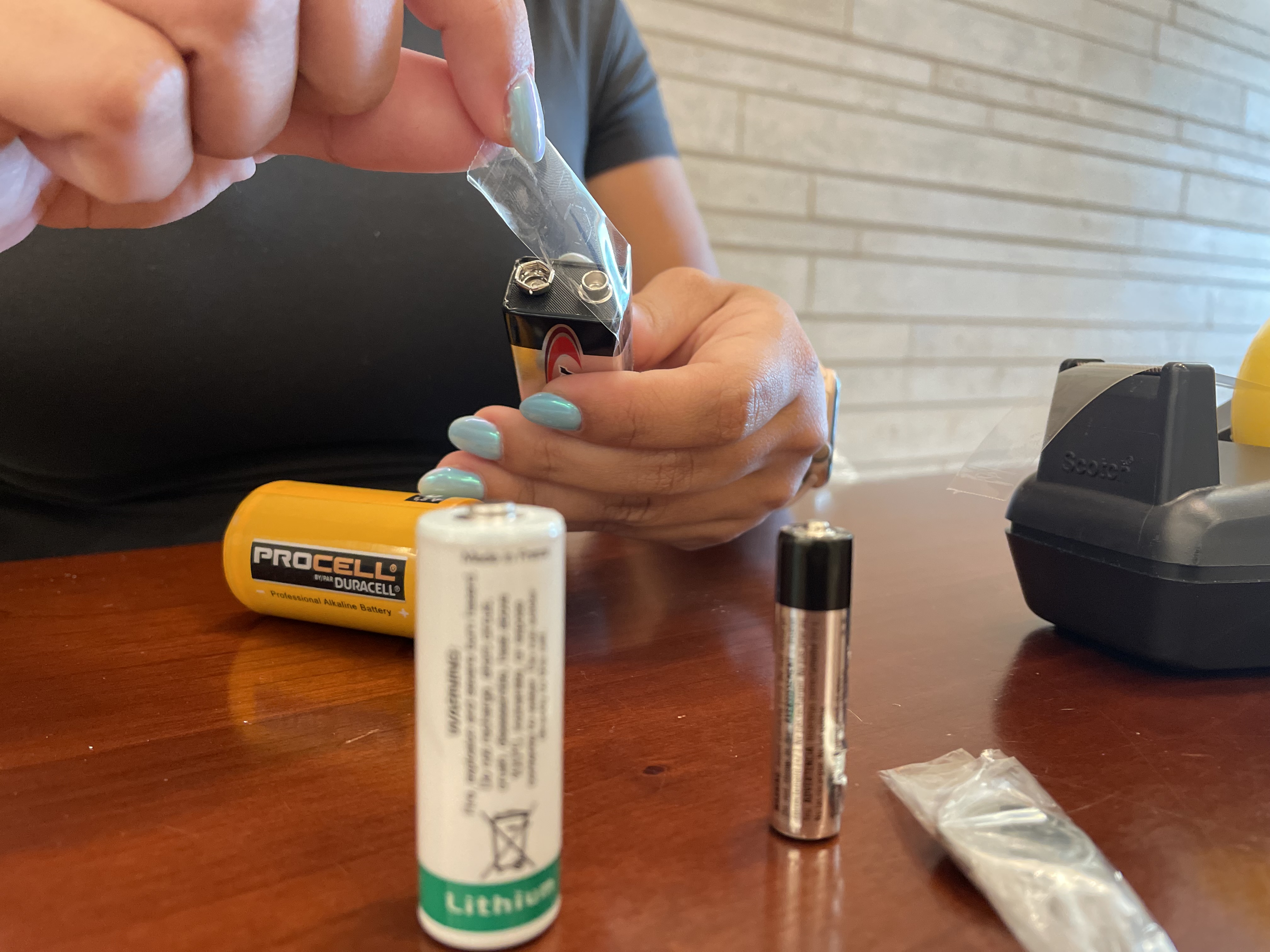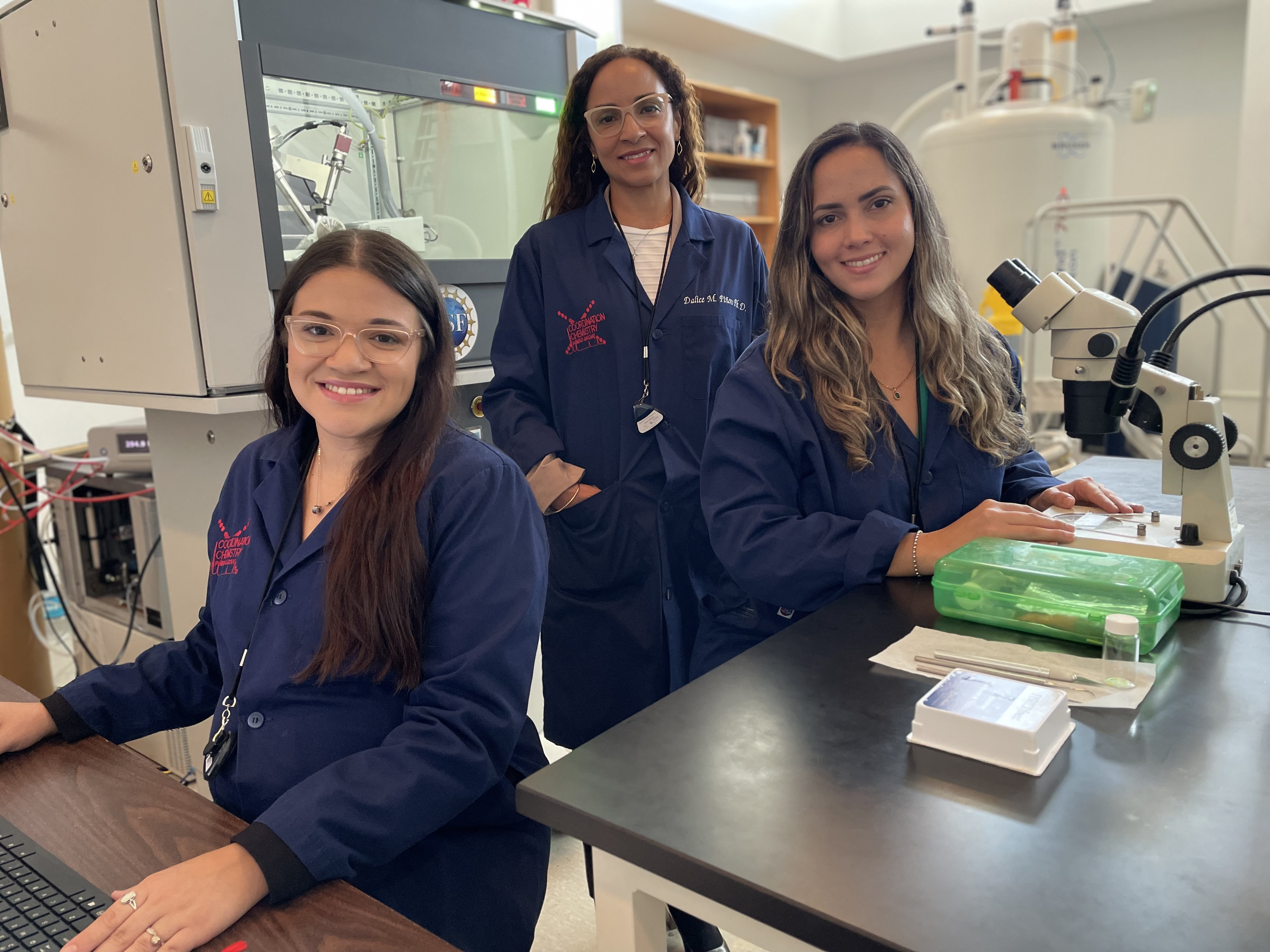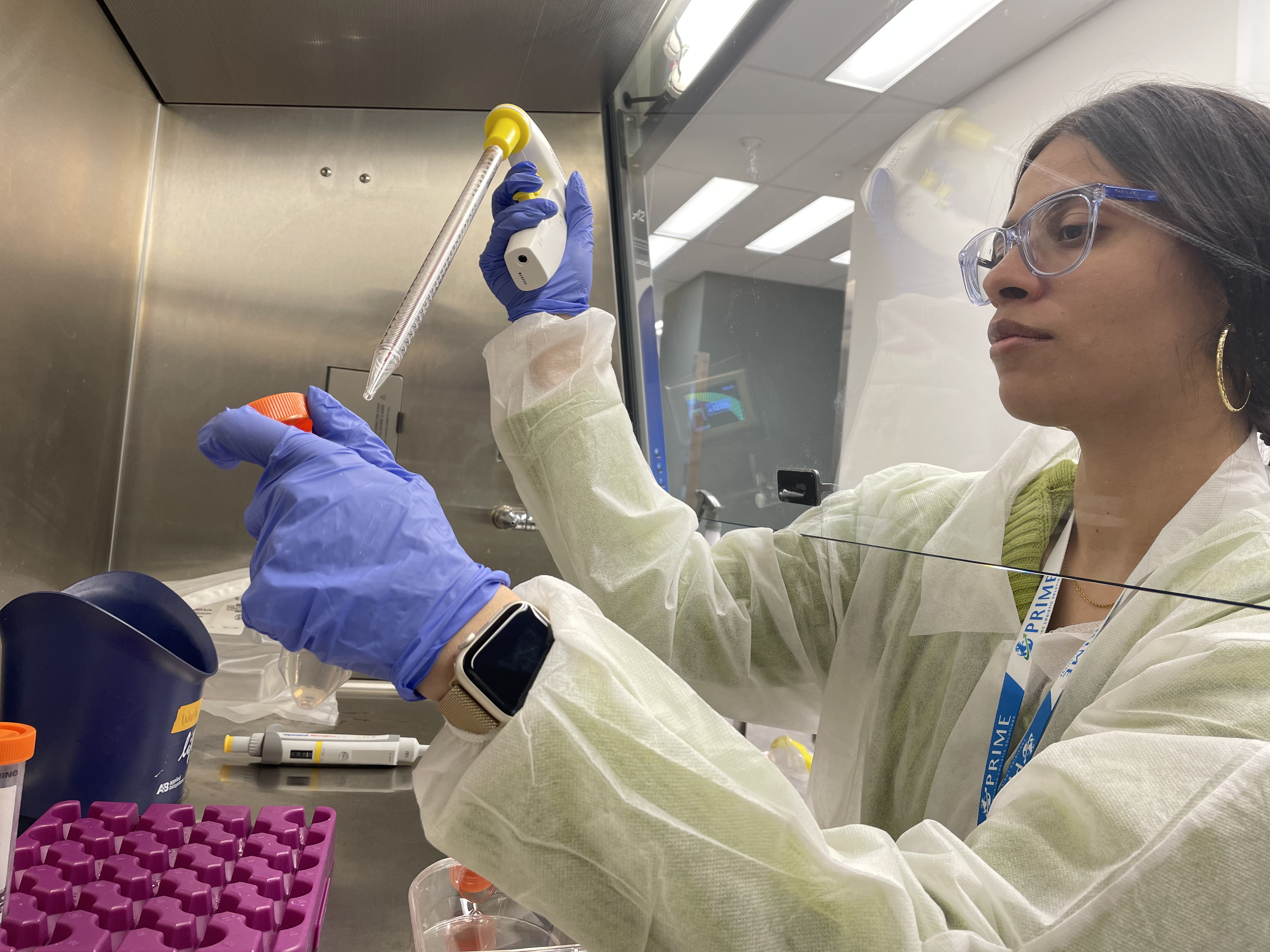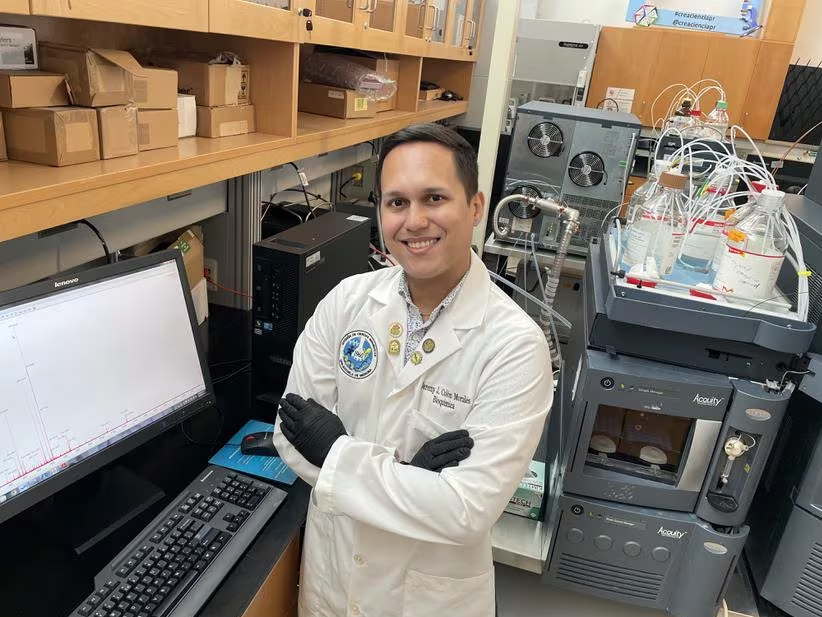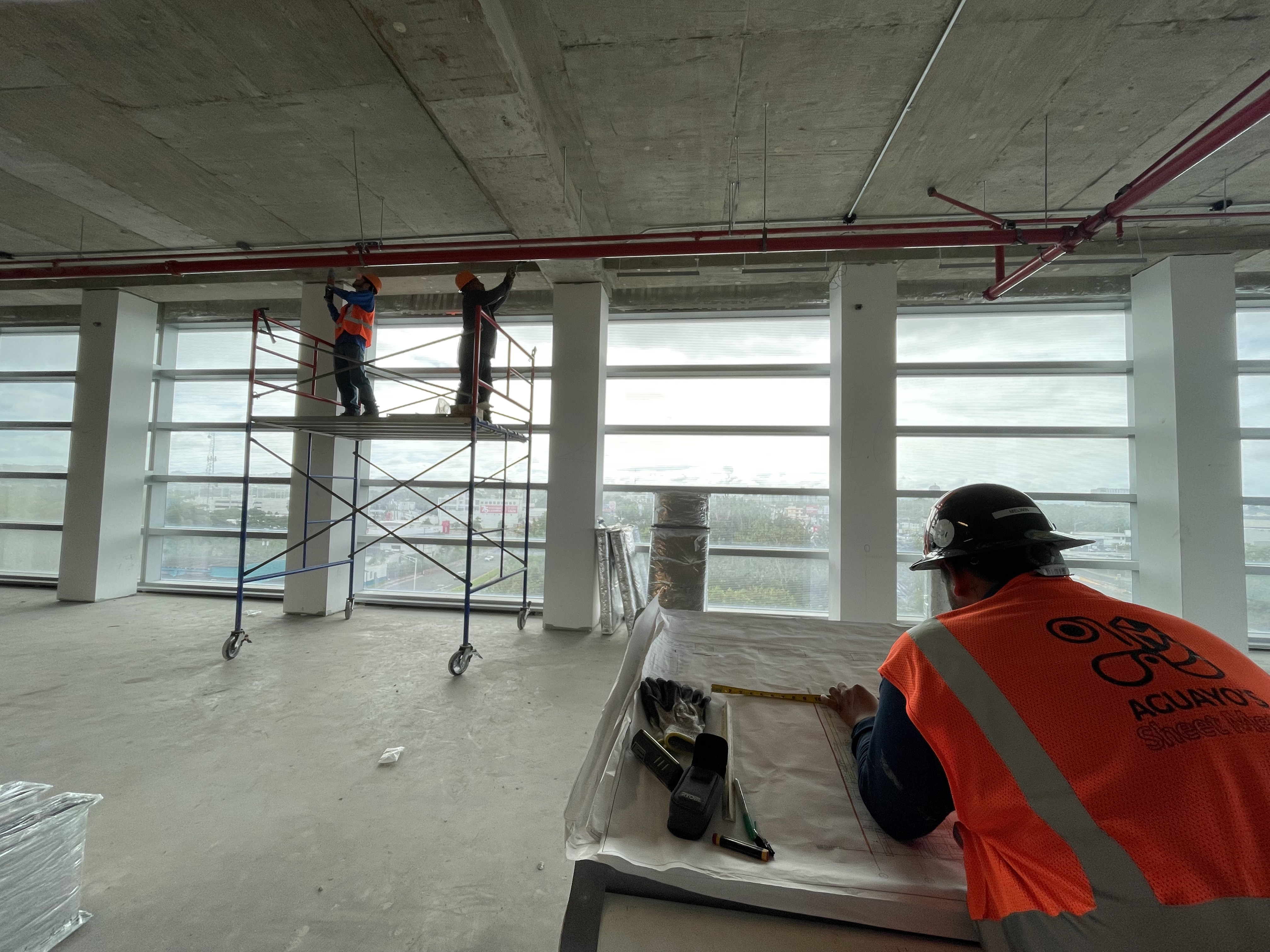MOLECULAR SCIENCES RESEARCH CENTER
In the spirit of cooperation, we encourage the sharing of knowledge, best practice, research and news.
The UPR Molecular Sciences and Research Center is a 152,000 sq. ft. advanced research facility with laboratories conducting basic and translational biomedical research in the areas of protein structure and dynamics, molecular biology, genomics, proteomics, bio-imaging, pharmacogenetics, and neurosciences. Inaugurated in 2011 it now houses over 300 researchers, students and technicians. The primary goal of the MSRC is to produce a significant increase in competitively funded forefront scientific research by scientists at UPR. The MSRC is the UPR System’s first multidisciplinary environment, designed to meet the needs of cutting-edge research in Puerto Rico for the foreseeable future. This new research space design paradigm features standardization, flexibility and adaptability, systems integration, and ease of sharing equipment and human resources.
Mission
Our mission is to develop competitive scientific research with high social and economic value to position the UPR and Puerto Rico as a key player in the molecular sciences research and innovation worldwide.
Vision
- Strengthen research infrastructure and research disciplines of tradition in PR as foundations of a knowledge-based economy.
- Bridge basic research disciplines with clinical research to foster Translational Research and Technological Innovation.
- Enrich our society with an “open research culture” by exposing research activities, new technology, training opportunities and discoveries.
- Develop world-wide recognized Research Centers in areas of Cutting-Edge Scientific Impact through high level of intra- and inter-institutional collaborations.
- Develop partnerships and collaborations with industry.
- Enhance UPR’s intellectual property (IP) portfolio and the commercialization of research inventions in PR.
Who Are We?
The 21 principal investigators associated with the MSRC work on myriad research areas. These investigators have published over 100 peer-reviewed articles and being awarded over $150 M in grants. The MSRC strives to train and educate the next generation of scientific innovators.
All our scientists have active research grants, some of which have been funded by the following agencies:
- National Institutes of Health (NIH)
- National Science Foundation (NSF)
- National Aeronautics and Space Administration (NASA)
- Puerto Rico Science, Technology / Research Trust
What is next?
Two new research floors (40,000 sq. ft.): a vivarium-pre-clinical research facility and a neuroplasticity center and chemical synthesis facility.
An additional floor dedicated to technology transfer and innovation has been recently approved by the Board of Regents of the UPR. This floor will house start-ups and companies that wish to invest in advancing their product portfolio through basic science in a coworking space.
NEWS
The Molecular Science Research Center (MSRC) Asset Map Initiative
For more content about us, follow our YouTube Channel